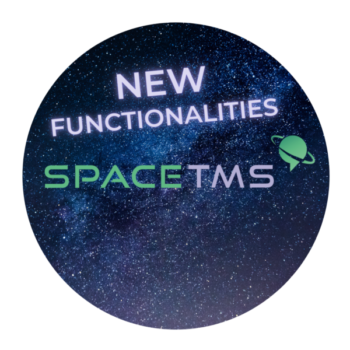How to give effective feedback to translators?
Feedback is something that many tend to forget about, especially when there are already new projects scheduled. However, without it, it is really difficult to improve on anything. So, how to give it to get the result we want?
Everybody knows that proper communication among co-workers is essential. Many projects were delayed because someone waited for an email that would never come. Somebody else went on a holiday without any substitution. The phones are ringing, the mailbox is overflowing, but there is only silence on the other side. But this problem can be solved quite easily, i.e. by establishing some rules and guidelines at the very beginning of the project.
However, there is another issue, as important as the previous one, but much more delicate. If you work with experts that deal with quasi-artistic domains, sometimes it is not that easy to say: „It’s good/it’s bad.” Pointing out mistakes or suggesting other solutions may lead to having them offended, as they treat their job as a way to express their artistic creativity and sensitivity. Giving them feedback resembles in a way a game of diplomacy. You take three steps forward, but two steps back. You give something and you take something away, you haggle, you dance on the edges of budgets and egos.
Last but not least, there is the issue of people “immune” to feedback. It’s not so common luckily, however, every manager has encountered such a person in their career. One can give them the same feedback and guidelines over and over again and achieve no results at all. A wall of human stubbornness. Is there a way to move such a rock? We believe that, in fact, there is.

Properly given feedback: is it even possible?
There are many ways to bring information forward. Of course, giving good reviews is much easier than pointing out mistakes. For both sides. But when properly done, it can strengthen the relationship between partners and improve the project.
When offering feedback, you should have a certain mindset:
• remember to set clear expectations → no misunderstandings
• focus on specific parts that need to be changed → don’t say „it’s bad in general”
• never look down on the reviewed → communicate as partners
• no, you are not always right → be open to suggestions, maybe the other idea is better
• offer solutions, not plain criticism → maybe during the talk, you will come up with the perfect idea together
• don’t be too soft and apologetic → you have the right to expect results, the imbalance that makes you feel sorry for reviewing the project is
so out of place
Two methods of giving feedback
One of the best methods of giving feedback is the famous „feedback sandwich”. Behind this tasty metaphor stands a very clever way to deliver information. First, the reviewer gives positive information and, in a way, prepares the reviewed for what is to come. Then comes the negative feedback. With such a softening introduction, it won’t hurt so much. After that comes the last part of „the sandwich”, which is adding a positive note at the end. This way the person given feedback won’t feel attacked and will not accuse you of being blind to positives and outcome of the project.
There are also other methods. One of them is Feed Forwards, often recommended by coaches. It focuses on leaving all the past behind and being here and now, planning for the future. There is also a rule of not judging, which creates a more open atmosphere. Feed Forwards concentrates on the idea of constructive planning for better future results achieved together: what can we do to make it better? How can we make it easier? What obstacles do we face? And so on. An important element of this approach is trying to minimise the impact of egos. „Us” has to be more important than „I”.
A proper way of giving feedback can boost the workflow and improve the relations between co-workers. At the same time, no feedback at all or giving it in a dominant, aggressive way can lead to conflicts, hurt feelings and general hatred, when it could be just a matter of expressing opinions.
Feedback as a feature in project management
Modern technology can also be very helpful in giving proper feedback. SpaceTMS is an example of such. It has a special feedback/comments section where project managers and translators can exchange information on their work and cooperation. This feature is also introduced in the client database, which allows managers to exchange opinions and experience on specific clients. This way, a project manager can be aware of any difficulties or bad habits that they might have to deal with in the process. In both of these situations, the knowledge of what’s to come and the opportunity to prepare for it are extremely valuable.




